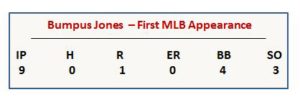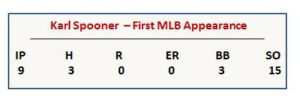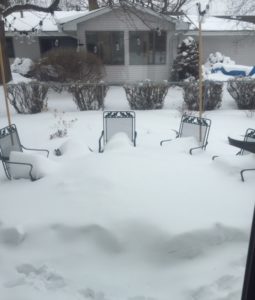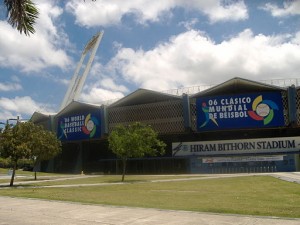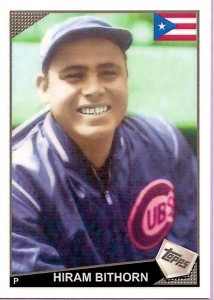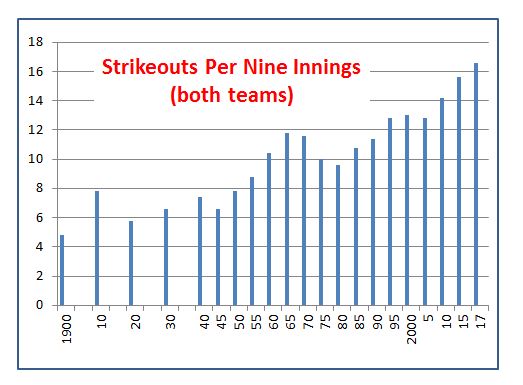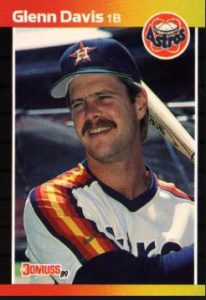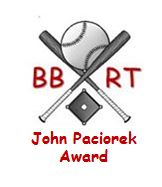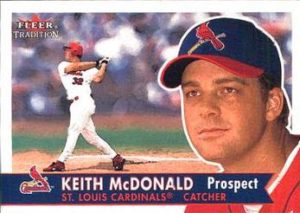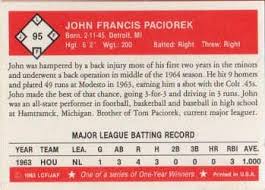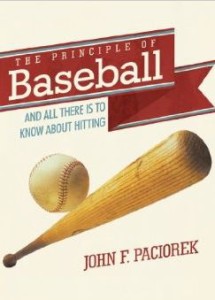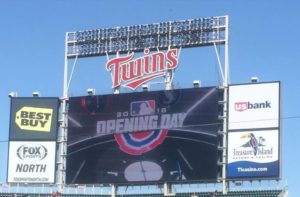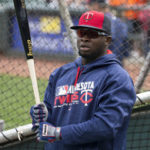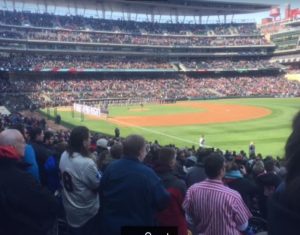 Yesterday, April 29, Pirates’ 26-year-old rookie Nick Kingham – who had his professional career interrupted by Tommy John Surgery (2015) – made his first MLB appearance. He made it a memorable one.
Yesterday, April 29, Pirates’ 26-year-old rookie Nick Kingham – who had his professional career interrupted by Tommy John Surgery (2015) – made his first MLB appearance. He made it a memorable one.
The 6’5”, 225-pound right-hander, called up from Triple A the day before, retired the first 20 MLB batters he ever faced – fanning nine of them. That’s right; Kingham was “perfect” through the first 6 2/3 innings of his major league career. The perfect game was broken up on a groundball single by Cardinals’ SS Paul DeJong with two outs in the seventh. Kingham got LF/cleanup hitter Marcell Ozuna on a ground out to third base to end the inning. The rookie righty was then replaced on the mound by Michael Feliz. For his inaugural game, Kingham got the win, throwing seven innings, giving up just one hit and no runs and fanning nine. He threw 98 pitches, 72 for strikes.
One of the best first pitching appearances ever – and given that segue – here are Baseball Roundtable’s choices for the three best first pitching appearances of all time.
- Charles “Bumpus” Jones, Reds … October 15, 1892
Bumpus Jones – we do need more nicknames in MLB today – made his MLB debut for the Reds (versus the Pirates) on the final day of the 1892 season. (Coincidentally, it was also the final MLB game to be played with the pitching box just fifty feet from home plate.) Jones appeared to have first-game jitters, walking the first two Pirate batters, then benefitting from a double play (with the second out made at the plate) and getting out of the inning without giving up a hit or a run.
Jones issued another free pass in the second, but the Reds turned another twin killing behind him. He didn’t fare quite as well in the third. After another walk and a stolen base, Jones made a wild throw on a play at first base that let in an unearned run. After that, the rookie settled down and did not allow a base runner over the final six frames – earning a 7-1 victory. In the process he became the first – and still only – MLB pitcher to throw a no-hitter in his first MLB game.
It may have been the change in the pitching distance, but Jones did not live up to that first-game promise. He appeared in only seven more major league games (for the Reds and Giants in 1893) and had a career record of two wins, four losses and a 7.99 earned run average. Still, his status as the only pitcher to throw a no-hitter in his MLB debut outs Jones in the number one position on this brief list.
- Karl Spooner, Dodgers … September 22, 1954
 Karl Spooner truly looked like he was going to be a “pitching phenom” for the Brooklyn Dodgers. In 1954, Spooner went 21-9, 3.14 at Fort Worth (Double A Texas League), fanning 262 batters in 238 innings – despite missing a month of the season with a knee injury. That performance earned him a call up to the “show” and a start against the league-leading (and already pennant-clinching) rival New York Giants. How did he do? Spooner went the full nine innings, gave up just three hits and no runs – and set the record for strikeouts in an inaugural game by fanning 15 Giants. Not only that, the 6’, 185-pound, 23-year-old -year-old southpaw got one more start that season (September 26 against the Pirates) and notched a second complete-game shutout, this time fanning a dozen. So, after 18 MLB innings, he had given up just ten hits and six walks, no runs, and fanned 27.
Karl Spooner truly looked like he was going to be a “pitching phenom” for the Brooklyn Dodgers. In 1954, Spooner went 21-9, 3.14 at Fort Worth (Double A Texas League), fanning 262 batters in 238 innings – despite missing a month of the season with a knee injury. That performance earned him a call up to the “show” and a start against the league-leading (and already pennant-clinching) rival New York Giants. How did he do? Spooner went the full nine innings, gave up just three hits and no runs – and set the record for strikeouts in an inaugural game by fanning 15 Giants. Not only that, the 6’, 185-pound, 23-year-old -year-old southpaw got one more start that season (September 26 against the Pirates) and notched a second complete-game shutout, this time fanning a dozen. So, after 18 MLB innings, he had given up just ten hits and six walks, no runs, and fanned 27.
Unfortunately, Spooner suffered a shoulder injury in Spring Trailing the following year – finishing his first (and last) full MLB season with an 8-6, 3.65 record in 29 appearances (14 starts). He made 28 minor league appearances between 1956 and 1958, but never returned to the majors.
- Juan Marichal, Giants … July 19, 1960
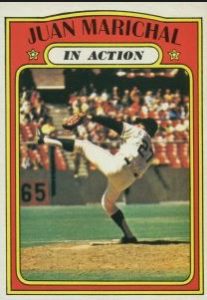 On July 19, 1960, 22-year-old Juan Marichal made his first MLB appearance – as his San Francisco Giants faced off against the Philadelphia Phillies. The high-kicking right-hander – whose minor league record (three seasons) was 50-26, with a 2.35 ERA and 575 strikeouts in 655 innings – quickly made it clear he would not be going back to the minors.
On July 19, 1960, 22-year-old Juan Marichal made his first MLB appearance – as his San Francisco Giants faced off against the Philadelphia Phillies. The high-kicking right-hander – whose minor league record (three seasons) was 50-26, with a 2.35 ERA and 575 strikeouts in 655 innings – quickly made it clear he would not be going back to the minors.
In that first MLB appearance, Marichal went the distance – tossing a one-hit shutout, walking just one batter and fanning a dozen. Unlike the first two pitchers on this list, Marichal did live up to his early potential – earning 243 MLB victories over 16 seasons, nine All-Star Selections and a spot in the Baseball Hall of Fame.
Primary Resources: Society for American Baseball Research; Baseball-Reference.com
I tweet baseball @DavidBBRT
Follow/Like the Baseball Roundtable Facebook page here.
Member: Society for American Baseball Research; The Baseball Reliquary; The Negro Leagues Baseball Museum.
